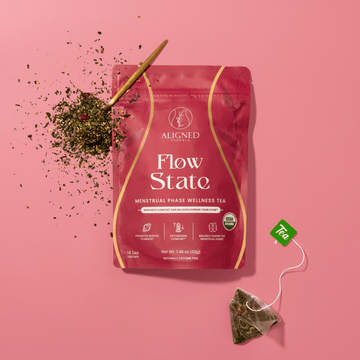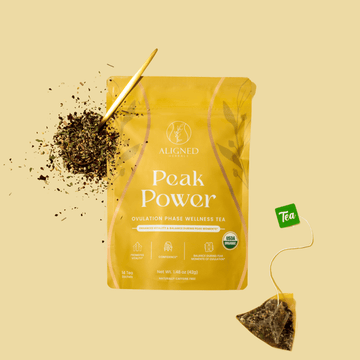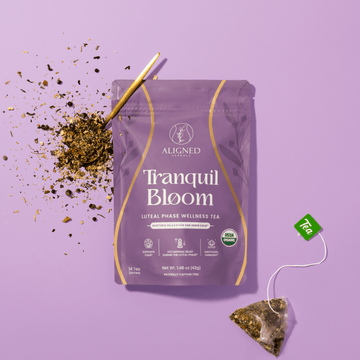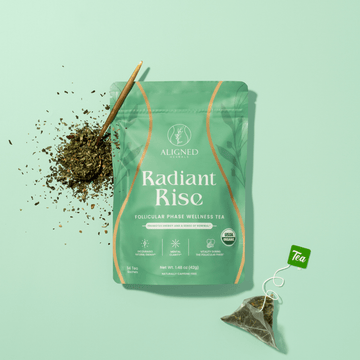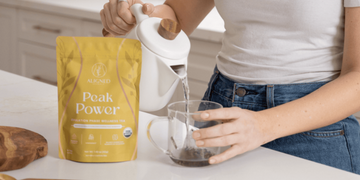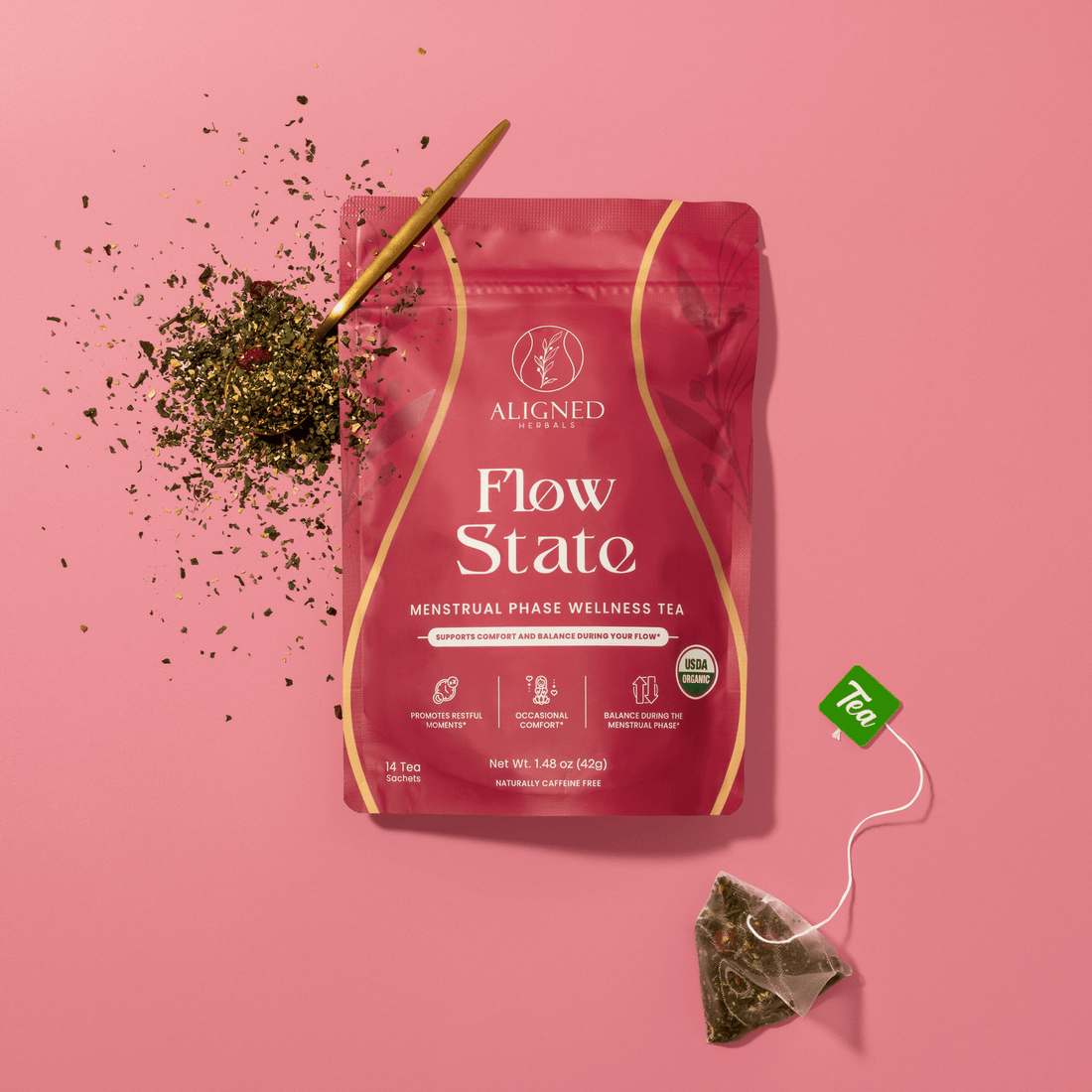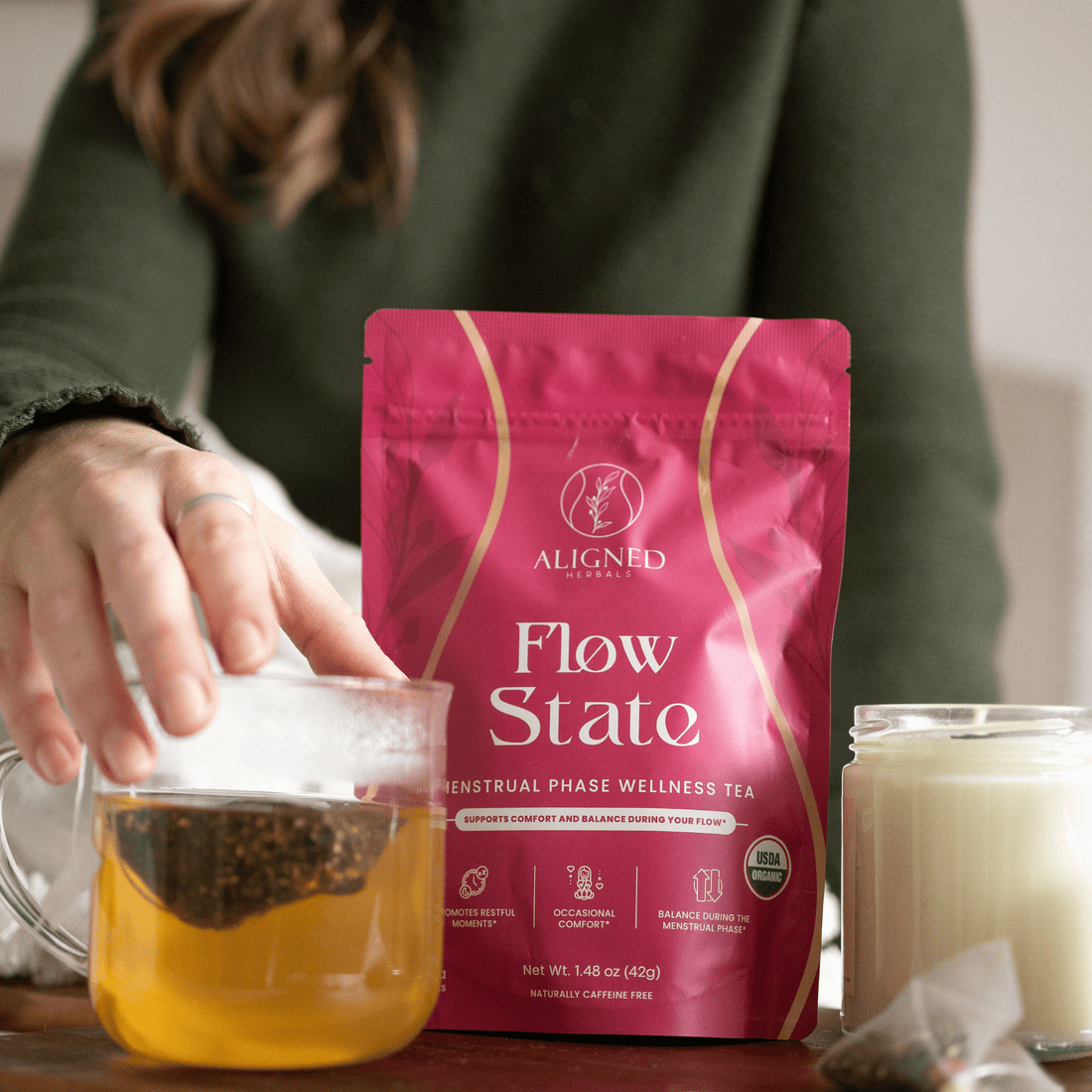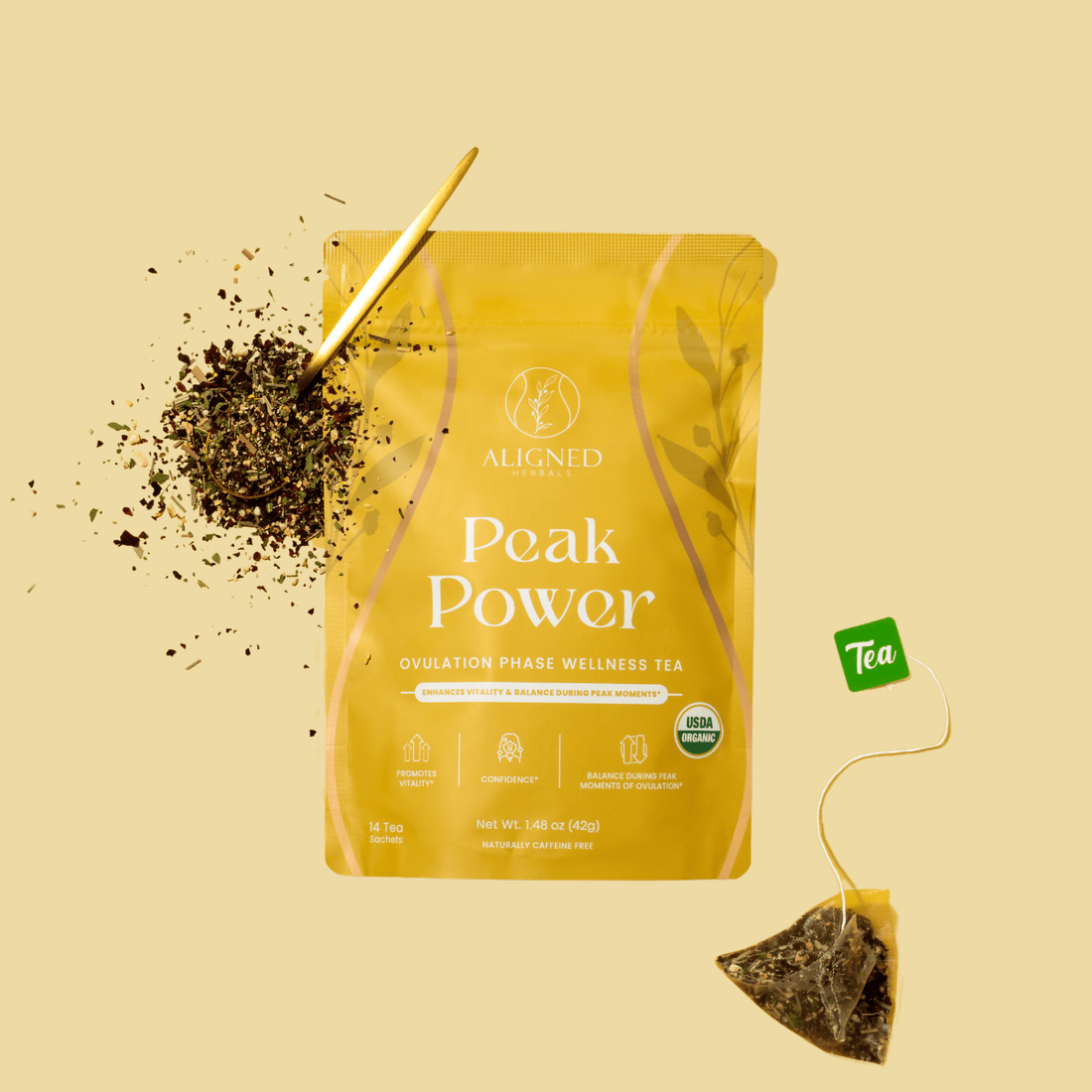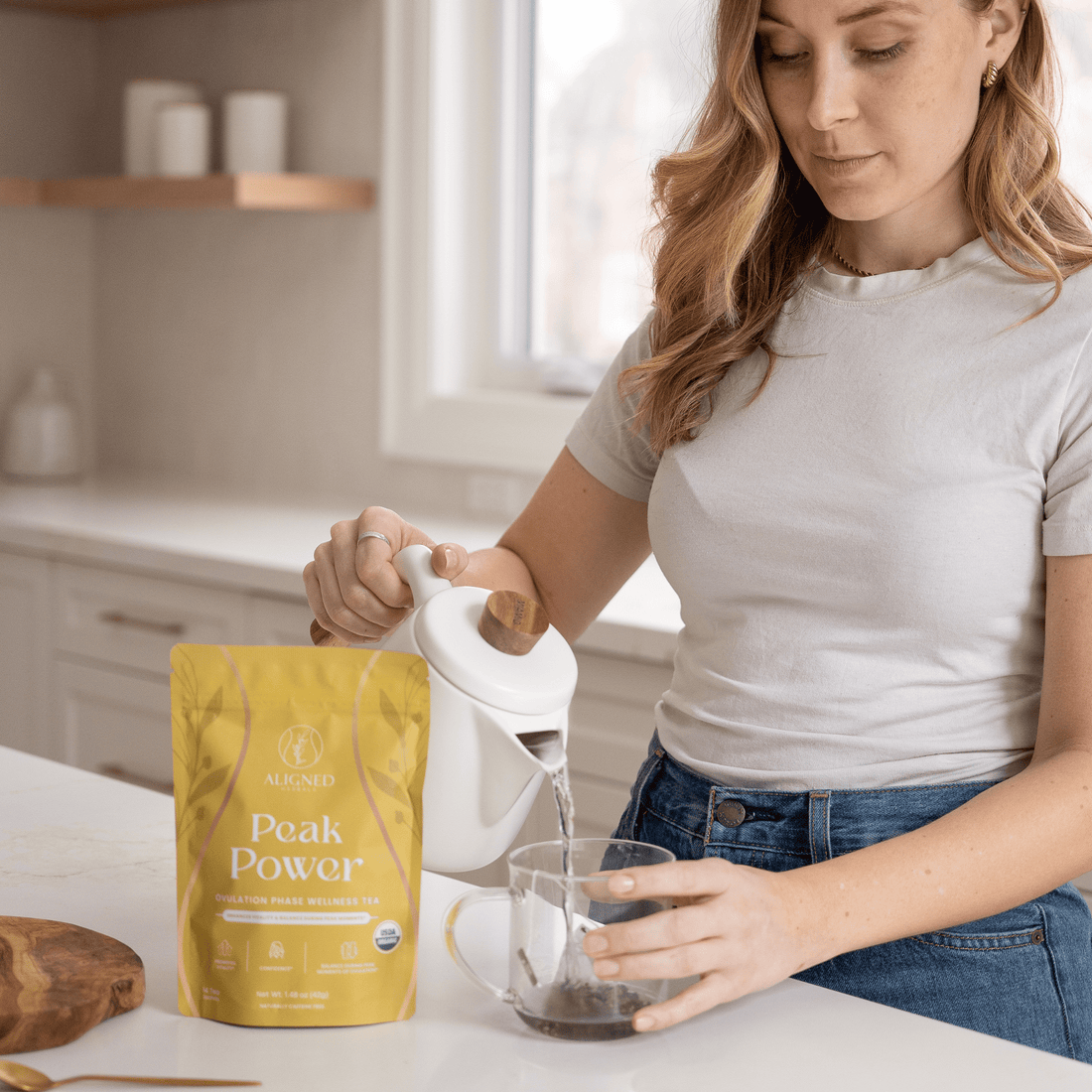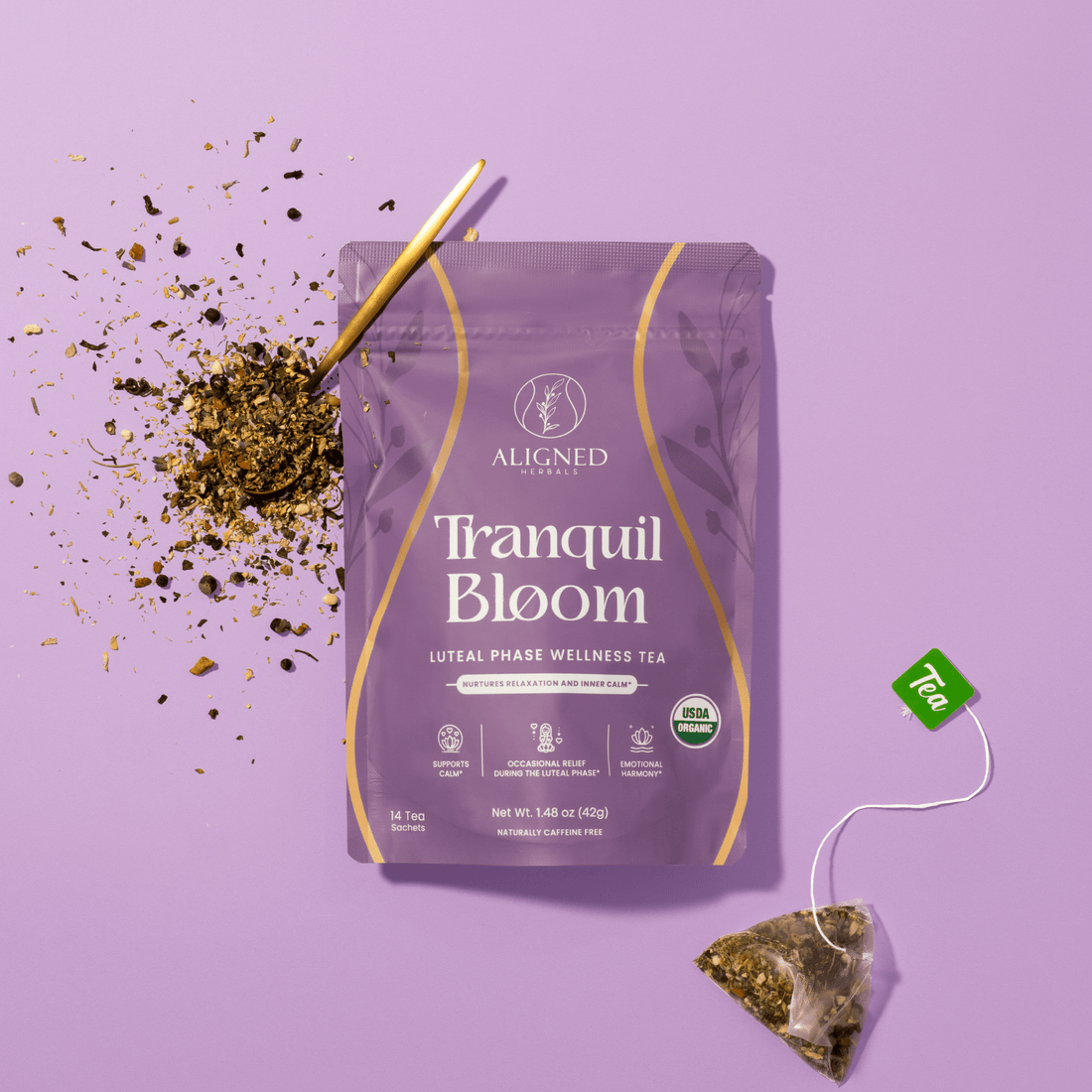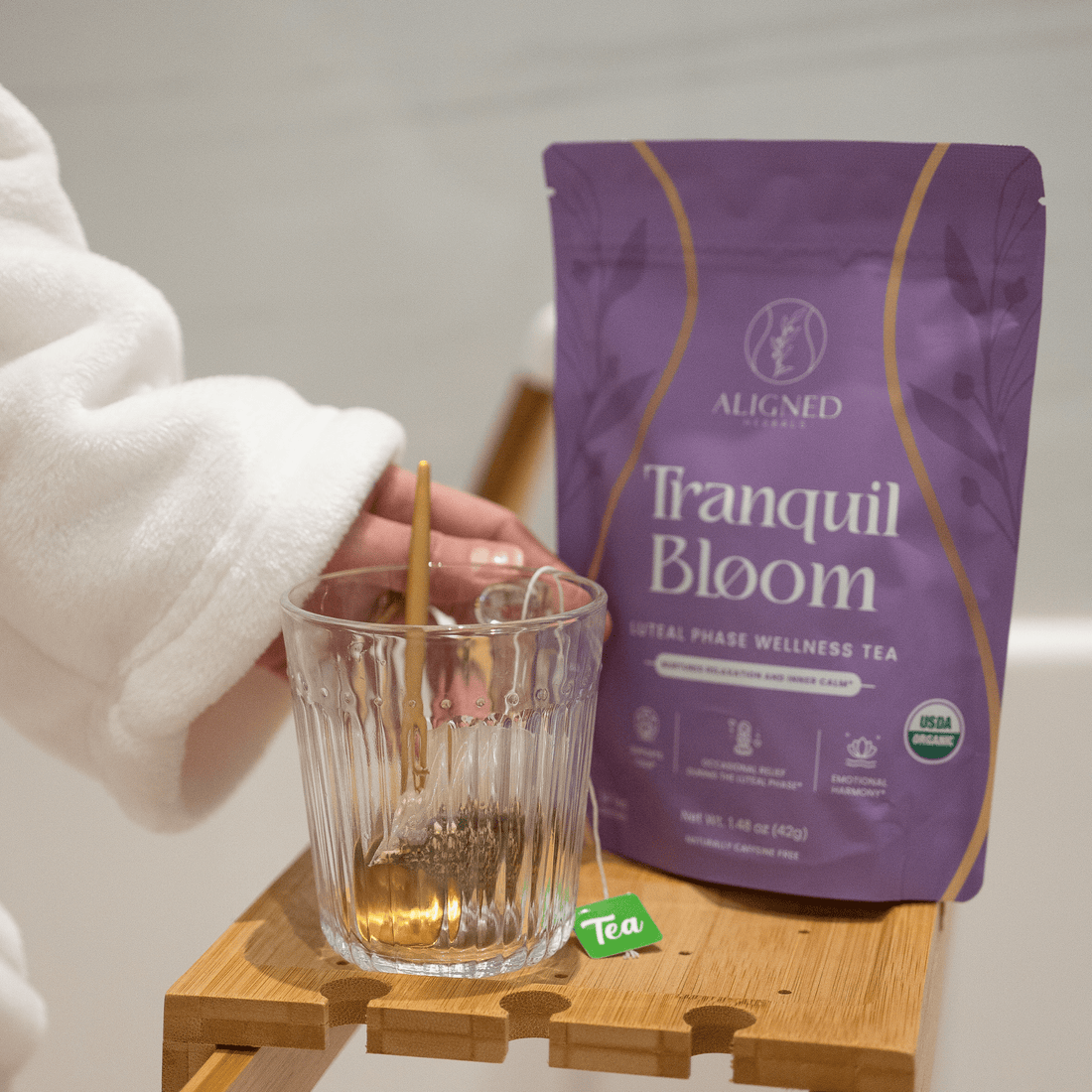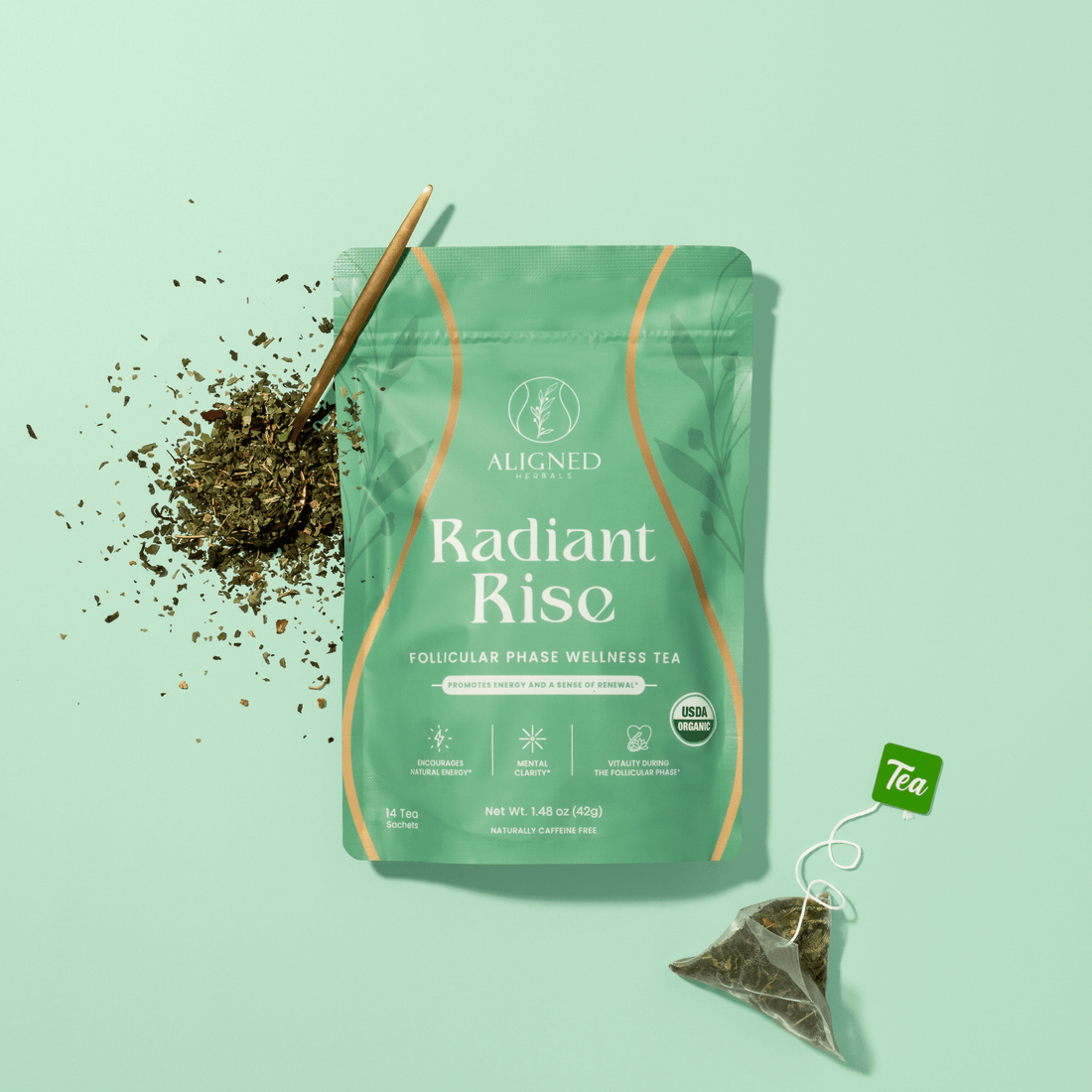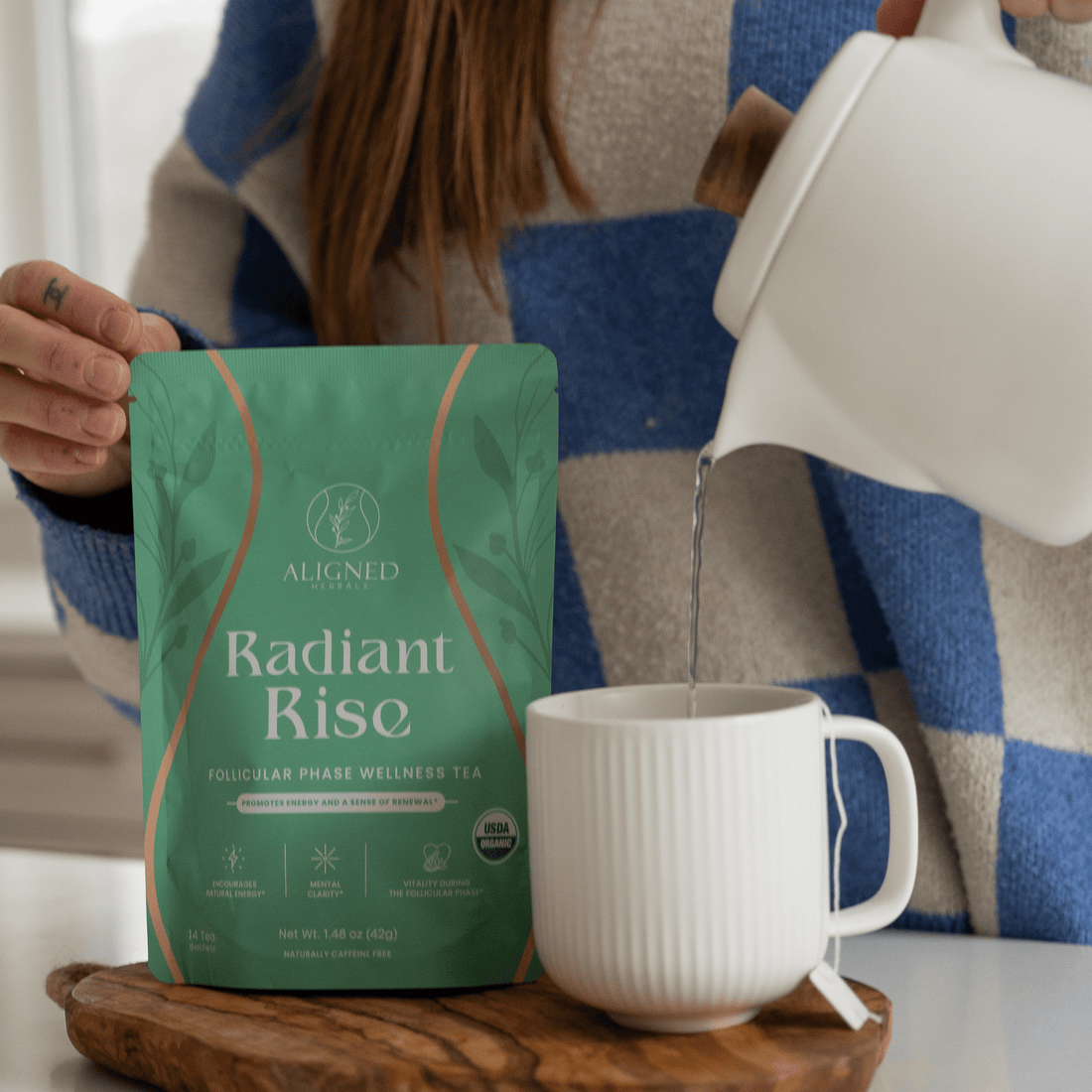Understanding Your Luteal Phase Cramps
Every twinge tells a story. Learn what's normal, what's not, and how to support your body naturally during the two weeks after ovulation.
Evidence-Based
Backed by research & clinical wisdom
TTC-Friendly
Safe for conception journey
Holistic Approach
Body, mind & hormones aligned
Quick Answers for Busy Women
The essentials in 2 minutes
What's Happening?
After ovulation, progesterone rises and your uterine lining thickens. Small muscle contractions and fluid shifts can cause mild cramping—totally normal if brief and manageable.
- Luteal phase: 10-14 days after ovulation
- Common sensations: Mild twinges, pulling feeling
- Duration: Usually minutes to hours, not days
Red Flags to Watch
Some symptoms need immediate attention:
- Severe one-sided pain
- Heavy bleeding (soaking pad/hour)
- Fever, fainting, or shoulder pain
- Pain disrupting daily activities
When in doubt, call your provider.
Natural Relief Now
Evidence-backed comfort strategies:
- Heat therapy (10-20 minutes)
- Gentle movement after meals
- Magnesium-rich foods
- Slow breathing exercises
- Calming herbal teas
Your Luteal Phase, Decoded
Understanding the science helps you work with your body, not against it
The Hormonal Symphony
After ovulation, your body orchestrates complex changes:
Key Players
- Progesterone: Rises to maintain uterine lining, can cause bloating and mild cramping
- Estrogen: Small mid-luteal rise affects mood and energy
- Prostaglandins: Chemical messengers that can trigger cramping sensations
Timeline (Typical)
| Days Post-Ovulation | What's Happening | Common Sensations |
|---|---|---|
| 1-5 | Progesterone rising | Mild bloating, breast tenderness |
| 6-12 | Peak progesterone, possible implantation | Light cramping, mood shifts |
| 13-14+ | Progesterone drops (if not pregnant) | PMS symptoms, period approaching |
Quick Symptom Checker
Is it PMS or Implantation?
Timing
Intensity
Track Your Patterns
Knowledge is power. Note these daily:
- Cycle day & ovulation timing
- Cramp location & intensity (1-10)
- Duration & triggers
- What helped
Why Cramps Happen (And What You Can Control)
Small changes, big relief
Interactive Cramp Intensity Predictor
See how lifestyle factors influence your comfort:
Predicted Cramp Intensity
Moderate - Focus on stress reduction and sleep quality
Nervous System
Stress amplifies pain signals
- Practice 4-7-8 breathing
- Set evening boundaries
- Try yoga nidra
Nutrition
Food as medicine
- Increase omega-3s
- Add magnesium-rich foods
- Reduce inflammatory foods
Movement
Gentle is powerful
- Post-meal walks
- Hip-opening stretches
- Pelvic floor relaxation
Your Personalized Relief Plan
Evidence-based comfort, fertility-friendly approach
24-Hour Relief Rhythm
Morning (6-10am)
- Sunlight within 30 minutes of waking
- Protein-rich breakfast
- Gentle stretching
- Hydrate with minerals
Midday (10am-3pm)
- Balanced lunch
- 5-minute walk after eating
- Stress check-in
- Herbal tea break
Evening (3-10pm)
- Early, light dinner
- Heat therapy session
- Tranquil Bloom tea ritual
- Digital sunset
Ready to Feel Better?
Our Tranquil Bloom tea is specifically formulated for luteal phase support
Shop Luteal Phase Tea →Creating a Conception-Friendly Environment
Support your body's natural fertility
Your Receptivity Score
Track these key factors for optimal luteal phase health:
Overall Receptivity Score
Good foundation! Focus on movement and stress reduction.
Your Questions, Answered
Clear, evidence-based responses
Is cramping during the luteal phase normal?
Yes, mild cramping is often normal. After ovulation, progesterone rises and your uterine lining thickens, which can cause brief, mild cramps. However, severe pain, one-sided pain, or cramps with heavy bleeding, fever, or fainting are NOT normal and require immediate medical attention.
How can I tell luteal cramps from implantation cramps?
Timing is key: PMS cramps typically occur 1-7 days before your period, while implantation cramps happen 6-12 days post-ovulation. Implantation cramps are usually lighter, briefer, and may come with light spotting. PMS cramps often accompany bloating and mood changes.
Do luteal cramps mean I'm not pregnant?
Not necessarily! Some women experience cramping in early pregnancy, while others feel nothing. Cramping alone isn't a reliable indicator—track your patterns and test when appropriate.
Can magnesium or ginger help if I'm TTC?
Magnesium-rich foods and ginger tea can help with muscle relaxation and digestion. However, if you're actively trying to conceive, avoid starting new supplements in the late luteal phase without consulting your healthcare provider.
When should I stop cycle supplements if pregnant?
If pregnancy is possible, pause hormone-modulating herbs immediately and review all supplements with your OB-GYN or midwife. Safety first, always.
Does raspberry leaf tea really help with labor?
Evidence is mixed. While traditionally used to support uterine tone in late pregnancy, it's not a guaranteed labor shortener. Always discuss with your provider before starting, especially regarding timing and dosage.
Your Journey to Comfort Starts Here
Join thousands of women who've found natural relief with Aligned Herbals
